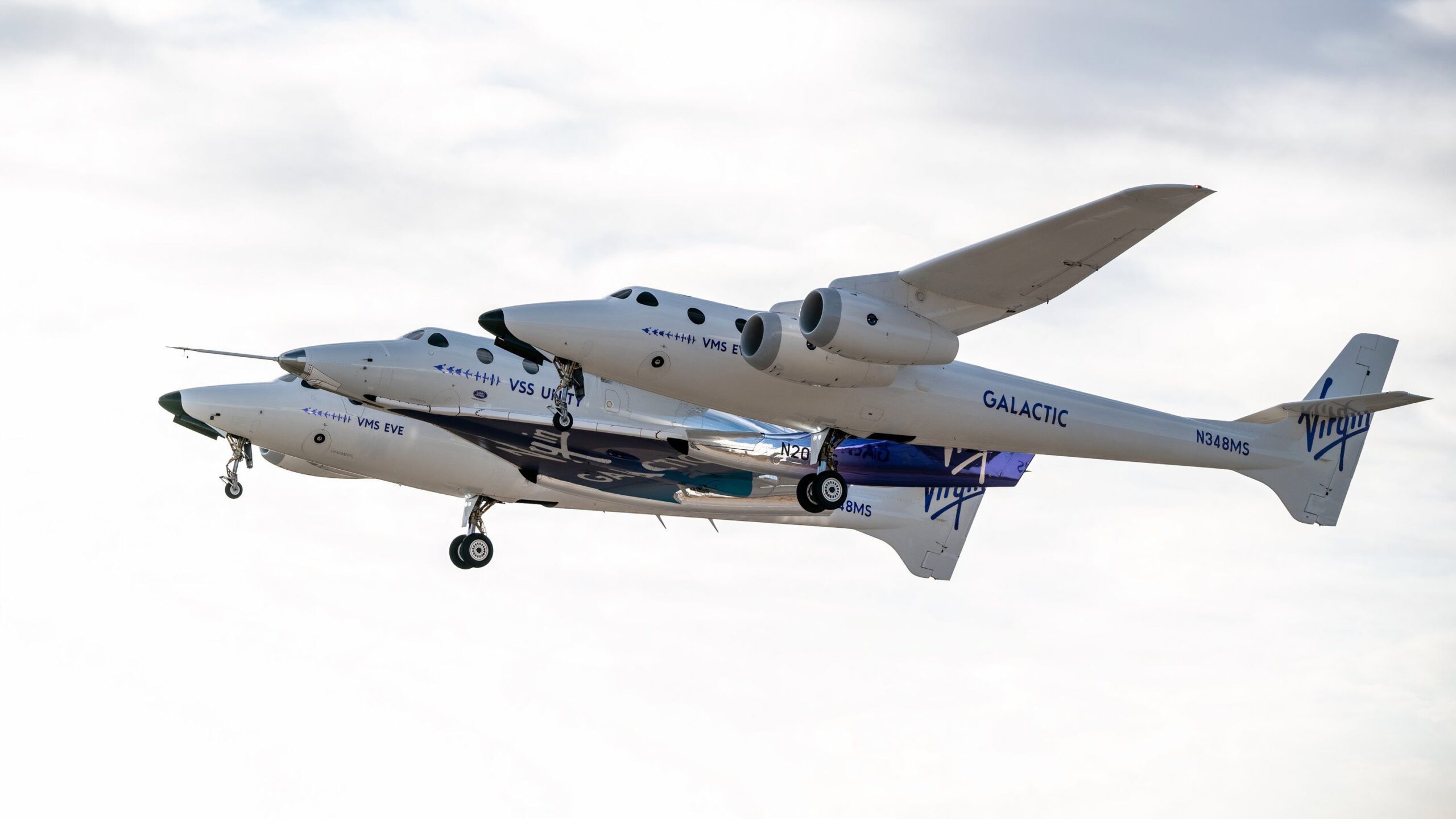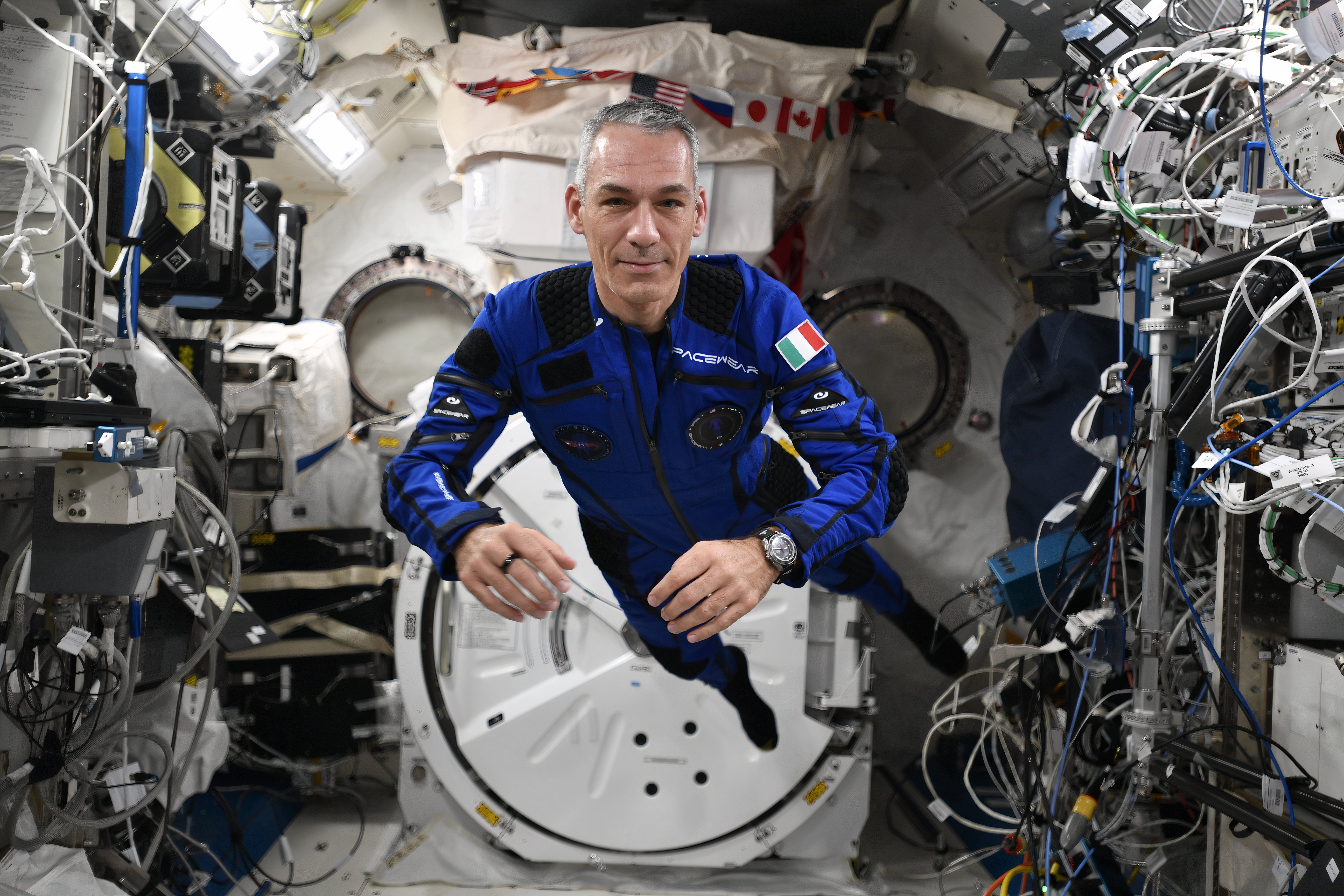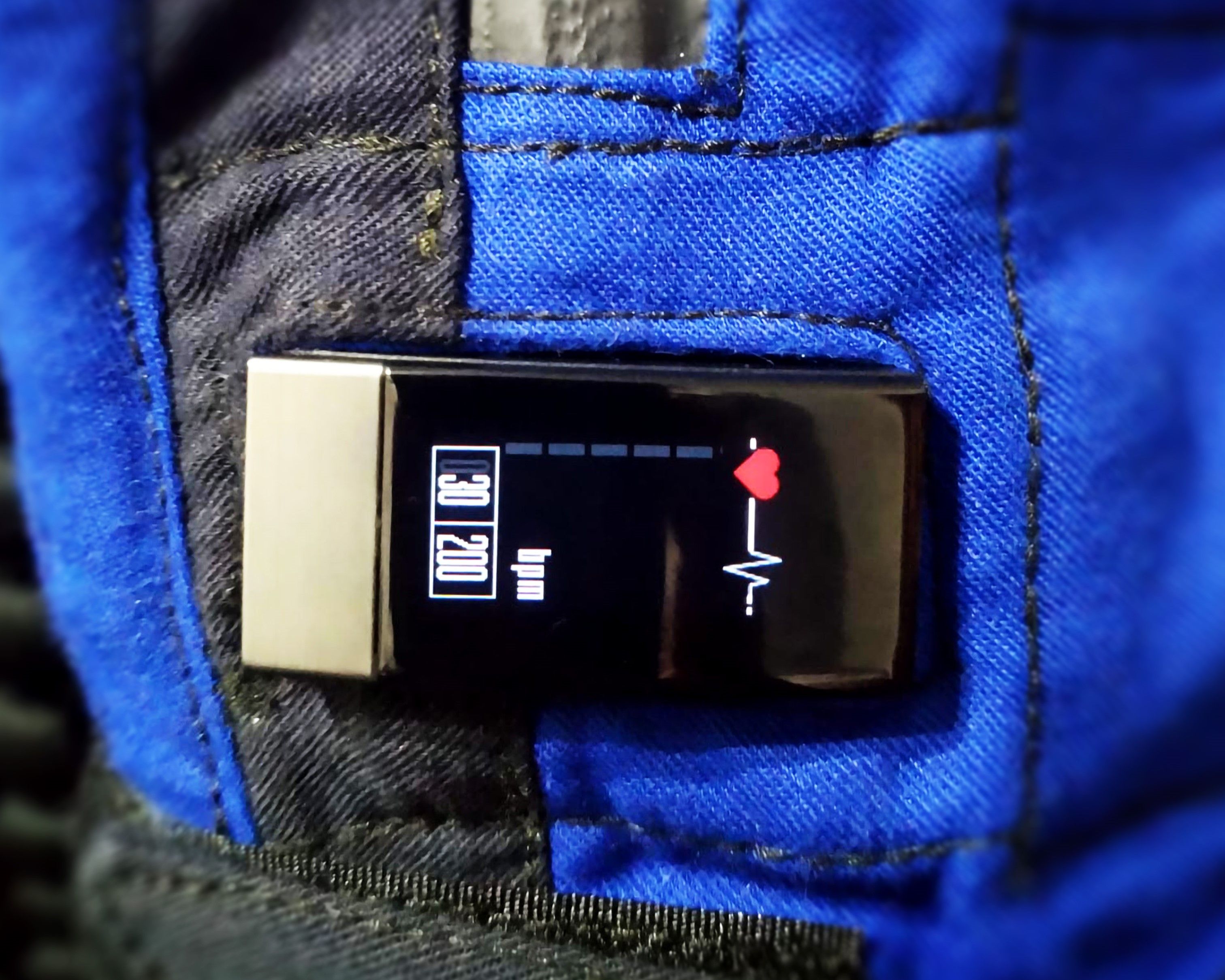Virgin Galactic has picked Italy’s Spacewear to design and develop suits for the training of its astronauts and space tourists. Specializing in gear that meets the requirements of space travelers, the Italian company could also introduce everyday clothing inspired by space suits.
Partnering with Virgin Galactic
Virgin Galactic
offers its customers the experience of sub-orbital flight, reaching supersonic speeds in the process. While the experience is not cheap, travelers have a chance to view the Earth’s curvature from space. As reported by Reuters, Spacewear’s suits will be worn by astronauts and space tourists during their training. Spacewear’s Corinna Sperandini said,
“With Virgin Galactic, we will make innovative, performing suits to be worn during training by those who will fly with Virgin Galactic.”
As part of the agreement, Spacewear will also produce ‘made in Italy’ co-branded everyday clothing, inspired by spacesuits, for spring-summer 2025. According to Sperandini, the company could produce t-shirts and trousers originally designed for space travelers “with interesting materials and an attractive design.”
Photo: Virgin Galactic
Sperandini likened the space gear to the athleisure trend, in which gym clothes are designed and adapted to be worn every day. Results from the company’s research help in the development of suits that are usable for everyday requirements and contemporary lifestyles. They can be adapted to fit different areas of dressing and living, including health, sports, design and wearable, and Italian Style.
Successful missions with Spacewear suits
Spacewear brings together fashion and textile designers with aerospace engineers, dealing with research and development for the aerospace sector and experimenting with new functions and performances in the textile and clothing sector.
The company produced the first Italian interactive and wearable spacesuits to be used in the International Space Station. The suits were approved by both the National Aeronautics and Space Administration (NASA)
and the Federal Aviation Administration (FAA)
.
Photo: Spacewear
They were used in the first Italian suborbital flight on June 29, 2023, which saw
the successful completion of the Galactic 01 mission
. Onboard the flight was American astronaut Colin Bennet and an all-Italian crew, including Italian Air Force officers Walter Villadei and Angelo Landolfi, as well as researcher Pantaleone Carlucci of the Italian National Research Council (CNR). The spacecraft was controlled by Michael Masucci and Nicola Pecile.
Spacewear’s suits were also used in Axiom Mission 3 (AX-3), the first all-European commercial astronaut mission to the International Space Station (ISS). Launched on January 18, 2024, the mission marked a new era of opportunity for countries to join the international space community and access low-Earth orbit for the advancement of microgravity exploration and research.
The suits cost approximately $274,150 (€250,000) to produce. Explaining the complex and detailed design process, Corinna Sperandini said, “an intangible (value) for experience and competence,” must be added.
Smart Flight Suits 1 and 2
Spacewaear’s Smart Flight Suit 1 was used on the Virgin Galactic mission in June 2023. According to the company, Smart Flight Suit 1 meets the strictest safety standards for astronauts. It also provides complete ergonomic comfort, made possible by new construction and pocket systems, as well as wearable monitoring of the crew’s biomedical functions.
Photo: Spacewear
Smart Flight Suit 2 was used in Axiom Mission 3. It is developed with the latest generation fabrics with maximum fireproofing, resistance to liquids and fluids, and antistatic and antimagnetic. It provides enhanced breathability performance and ensures the body remains at normal temperatures. Smart Flight Suit 2 also has the ability to detect astronaut medical data.




